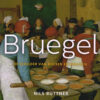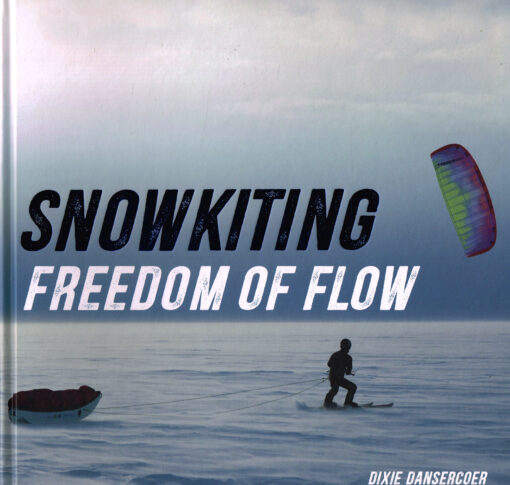Terug/Home/Webwinkel ramsj.nl /Kunst/Fotografie/Snowkiting
Dixie Dansercoer
Snowkiting
Freedom of flow
€ 34,00 Oorspronkelijke prijs was: € 34,00.€ 12,50Huidige prijs is: € 12,50.
Uitverkocht
ISBN: 9789461615503.
Bindwijze:
geb
Taal:
EN
Uitgever:
Snoeck
Auteur:
Dixie Dansercoer
Paginas:
128
Categorieën: Fotografie, Kunst.
‘Snowkiting’ offers thorough insight into the history, technique and various disciplines of this contemporary winter sport. It offers many lively experiences and anecdotes from the featured experts who took part in the sport’s development over the last 30 years. They are the pioneers who pushed the limits of the impossible to embark on far-fetched snowy adventures. More than 100 artistic photographs allow the reader to dream-travel on vicarious snowkite journeys in polar or alpine regions, uniquely powered by the silent force of the wind to flow in a rarely-experienced state of total freedom.
Gerelateerde producten
kunst
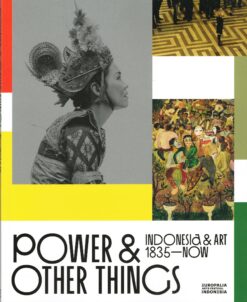
Power & Other Things
The project takes its name from the demand for the transfer of power and other things to the newly independent Indonesia in 1945. It travels through time, from European colonial occupation through the development of the republican state to the trans-national contemporary cultures of today. It looks at the various international exchanges that happened in the territories of contemporary Indonesia, through the images and ideas of artists. These exchanges were of different kinds: trade, culture, religion, ideology and war. They produced a variety of results: violence, oppression, racism, creativity, spiritual awakening, and other things. The ideologies and challenges of modernity are common ways in which Indonesia has been depicted by others and has defined itself over the period. As this modern period recedes into history, the project will seek ways to remember how it has influenced contemporary understanding and ask the current generation of artists to look back in order to rewrite the past and potentially create the conditions for a different future. The catalogue and the exhibition will follow a broad chronological narrative, allowing readers and visitors to learn more about how this huge archipelago has changed over the past two centuries and to observe how it has responded and adapted to influences originating from both inside and outside the islands. The influence of the imperial Dutch and Japanese occupations naturally form a significant element in the narrative of the exhibition as does the constant struggle for different forms of independence or equal treatment by the Javanese and other Indonesian cultures. The importance of Chinese and Arab influence on Indonesia's cultural history will also feature as the exhibition tries to look for alternative ways, alongside the post-colonial, for understanding the present. The presentations will include work made during the residencies as well as new commissions. Snoeckpap - 127 blz
geschiedenis
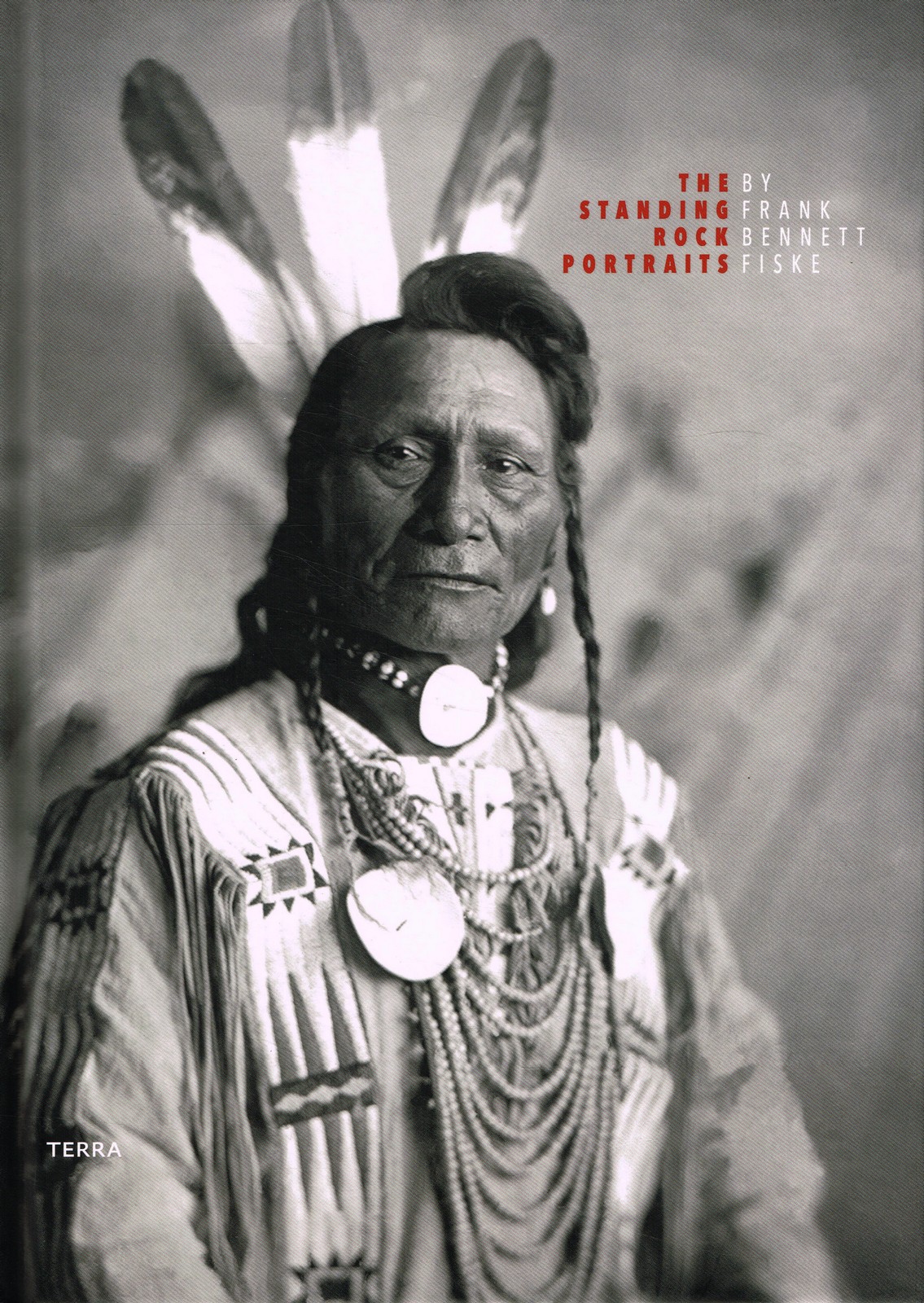
Frank Bennett Fiske
The Standing Rock Portraits
For English see below- Meer dan honderd jaar geleden begon fotograaf Frank Bennett Fiske (1883-1952) met het fotograferen van leden van de Standing Rock Sioux in zijn studio in Fort Yates, North Dakota. Hij was 16 jaar oud toen hij de studio overnam van S.T. Fansler. De mannen en vrouwen die Fiske fotografeerde waren zijn vrienden en buren, indianen die al meer dan twintig jaar in dit reservaat woonden. Fiske heeft daar bijna zijn hele leven gewoond. De getoonde beelden zijn gemaakt met een grote studiocamera op glasplaatnegatieven en zijn verbluffend qua helderheid en compositie en zijn zelden in het openbaar gezien.De in Dakota geboren fotograaf en grafisch ontwerper Murray Lemley heeft een selectie van Fiske's werk samengesteld zodat de wereld deze kan zien.- More than a hundred years ago, photographer Frank Bennett Fiske (1883-1952) began photographing members of the Standing Rock Sioux in his studio at Fort Yates, North Dakota. He was 16 years old when he took over the studio from S.T. Fansler. The men and women Fiske photographed were his friends and neighbors, Native Americans who had lived on this reservation for more than 20 years. Fiske lived there nearly all his life. Made with a large studio camera on glass plate negatives, the resulting images are stunning in their clarity and composition, and have rarely been seen in public. Dakota native, photographer and graphic designer Murray Lemley has curated a selection of Fiske's work for the world to see. Engelstalig boek Terrageb - 112 blz
kunst
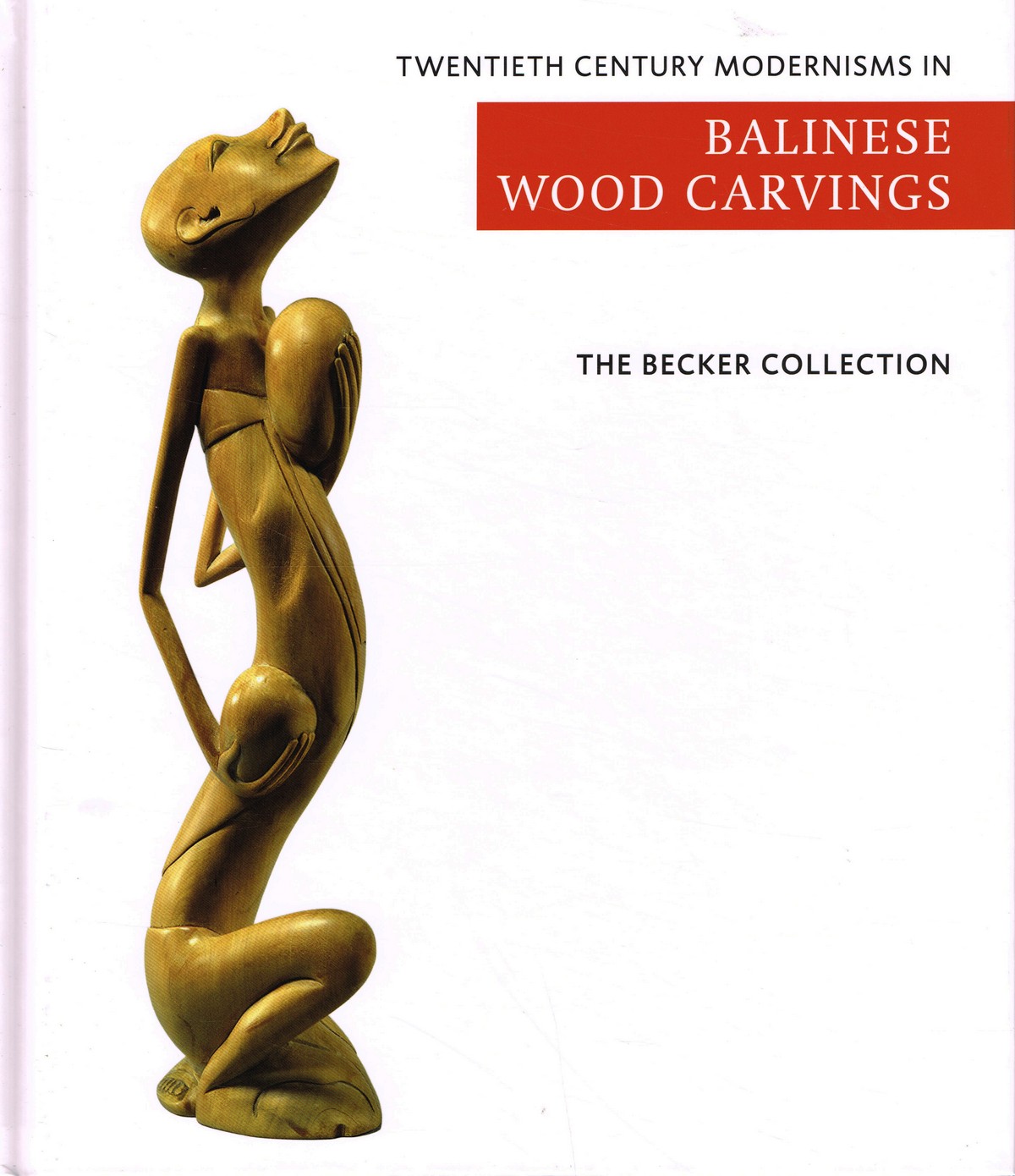
Ton & Mies Becker
Twentieth Century Modernisms in Balinese Wood Carvings
'The Becker Collection - Twentieth century modernisms in Balinese wood carving' contains the private collection of twentieth century ?modern style? Balinese wood carvings, collected by Ton and Mies Becker, both retired medical specialists and collectors of Asian art. Between the 8th and 10th century Hindu influences spread to Bali and blended into the exiting Balinese mix of animistic and Buddhist styles and subjects, known as Bali Aga. Hence, in due time the craftsmen obtained the subjects for their works from the Hindu-Balinese religion and their heroes and demons from famous Hindu epics. This particular style became known in the Western art world as the ?Traditional or Old Balinese style?. In the 20th century the arts and crafts scene in Bali changed completely. First because of Western artist who visited Bali and stayed on to work there and, second, because of the gradual influx of increasing numbers of foreign tourists. In addition the Dutch colonial government started a military campaign to control the powerful kingdoms of central and southern Bali. As a result the local craftsmen lost their royal support and soon realized that foreign tourists were not particularly interested in gods and heroes. Hence, stimulated by some of the Western artists who had settled in Bali, they turned to secular subjects taken from nature and everyday life and became more impressionistic in the execution. This led to a range of new styles, often impressionistic and sometimes even minimalistic and caricatural with bizarre elongated shapes or solid compact forms. In this book we are concerned with this particular type of 20th century ?Modern Style? Balinese wood carving. The catalogue contains 40 objects of ?modern style? wood carving, representing different styles. Each object is photographed, both as an overview and in details if so requested. A brief description of each object is provided, together with the estimated date, and additional information is provided if considered useful. The catalogue is preceded by an essay on the history of Balinese wood carving. Van Spijkgeb - 144 blz
kunst
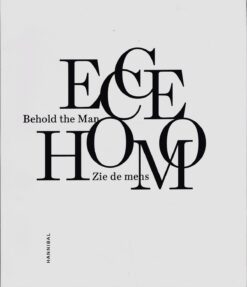
Ecce Homo
'Ecce Homo' explores the age-old theme of the suffering Christ in a broad sense within contemporary art in Belgium. We live in an era in which humanity and mankind are violated on different levels; more and more, we are confronted by essential differences in the development and freedom of people in various parts of the world. This exhibition wants to show how artists approach la condition humaine in the context of today's world. Ecce Homo examines all aspects of the image of man, including both his grandeur and his vulnerability. This publication is the catalogue for the ambitious exhibition Ecce Homo. Behold the Man, in which works by 63 artists are shown at nine locations across the historic centre of Antwerp, including the Maagdenhuis and the Museum Mayer van den Bergh. These contemporary artworks set up a dialogue with the inspiring surroundings in which they are installed and also with the creations of the Old Masters. Hannibalpap - 160 blz

